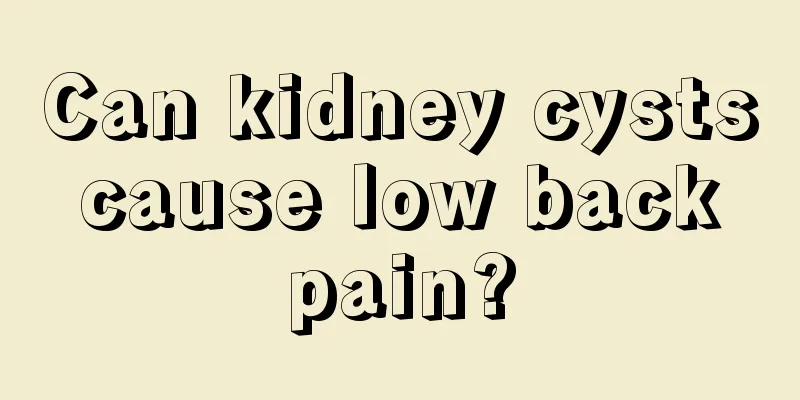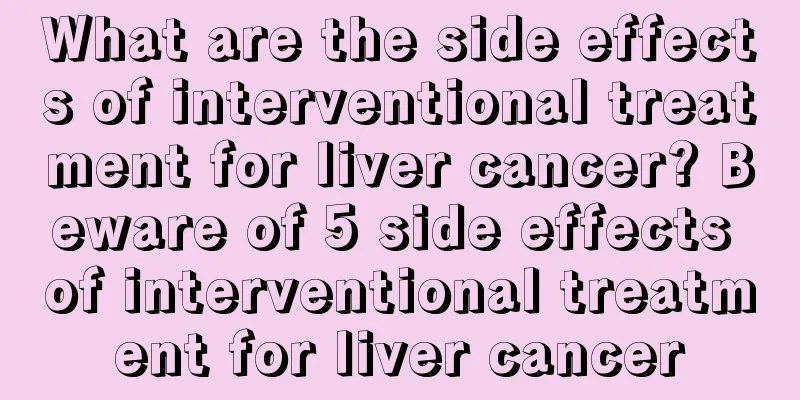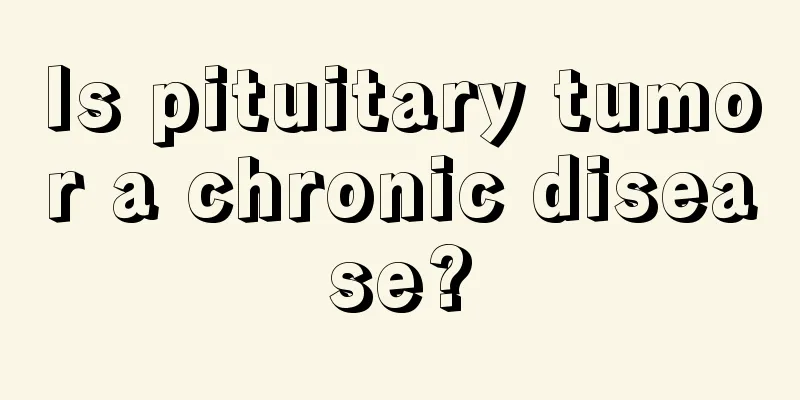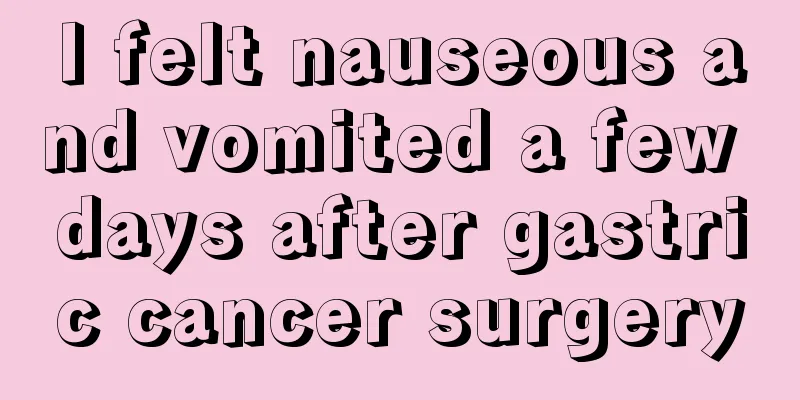Can kidney cysts cause low back pain?

|
Renal cyst is a relatively serious disease and patients may experience pain in the kidney area. Patients with renal cysts must pay attention to their diet and lifestyle habits, and go to the hospital for diagnosis and treatment in time. In severe cases, cysts can even lead to uremia, so we need to pay enough attention to it and understand the health of our body. So, can kidney cysts cause lower back pain? 1. Pathogenesis Simple renal cyst is not a congenital or hereditary kidney disease, but an acquired one. It is generally believed that simple renal cysts originate from renal tubular diverticula. As age increases, the number of renal tubular diverticula increases. By the age of 90, the number of diverticula in each collecting duct may reach three, thus explaining the increasing trend of the incidence of simple renal cysts with age. The cysts may be unilateral or bilateral and may be one or more. It is usually located in the deep layer of the cortex or medulla, with a diameter of about 2 cm, but there are also cysts with a diameter of up to 10 cm. Microscopically, the cyst wall is covered by a simple layer of squamous epithelium. The cyst contents are similar to plasma filtrate, and the cyst fluid turnover rate is as high as 20 times a day. 2. Clinical manifestations Simple renal cysts generally have no symptoms, but corresponding symptoms may occur when the cyst compression causes vascular occlusion or urinary tract obstruction. This disease is often discovered during urinary tract imaging examinations due to other diseases. In recent years, more and more health examinations have included abdominal B-type ultrasound examinations, and the detection rate of simple renal cysts has increased. It was originally believed that simple cysts did not affect renal function. However, image analysis of renal CT examinations showed that after correction for age, gender, primary kidney disease, etc., patients with renal cysts had higher blood creatinine levels than those without renal cysts, and the more cysts there were, the higher the blood creatinine level. This result suggests that simple renal cysts may affect renal function. 3. Inspection The diagnosis of simple renal cysts mainly relies on imaging examinations, such as B-mode ultrasound or CT examination. 4. Diagnosis The diagnosis of simple renal cysts mainly relies on imaging examinations. 5. Differential diagnosis The presence of cysts in the renal parenchyma needs to be differentiated from the following diseases: ① necrosis and liquefaction of solid renal tumors; ② canceration on the basis of renal cysts, which is extremely rare; ③ autosomal dominant polycystic kidney disease. 6. Treatment Since simple renal cysts are mostly asymptomatic and have little effect on renal function and surrounding tissues, they do not require treatment and only require follow-up for 6 months to 1 year. If the cyst is large in diameter, exceeding 5 cm, or produces symptoms of compression of surrounding tissues, causing urinary tract obstruction, cyst fluid aspiration and intracystic injection of sclerosing agent are required. If the cyst is large, with a diameter greater than 10 cm, surgery may be required. |
<<: Is cupping useful for lower back pain
>>: Sudden back pain, can't bend over
Recommend
The skin becomes very rough_The skin suddenly becomes rough
Everyone wants their skin to be smooth and tender...
Indoor mosquito repellent plants
In addition to the hot weather in summer, mosquit...
What does neurology do?
There are many departments in the hospital, and e...
What are the symptoms and treatment measures of internal heat
Most patients with internal heat in the body will...
What are the anti-ovarian cancer diets
Ovarian cancer is the most common malignant tumor...
What are some clever ways to fill gaps between teeth?
There are ways to remove food stuck between teeth...
The difference between prednisone and methylprednisolone
Prednisone is an acetate ester, a drug that has a...
Orthodontic brushing method
Orthodontics refers to the correction of teeth. I...
Symptoms of gauze left in the body
We all know that gauze is often needed when perfo...
Is a low-density nodule cancerous? Pay attention to these points
It is not necessarily liver cancer. Low-density m...
What are the effects and side effects of Norfloxacin Capsules
Norfloxacin capsules are an anti-inflammatory dru...
What are the symptoms of laryngeal edema
Laryngeal edema is a common clinical problem. Thi...
What are the signs of prostate cancer?
In most cases, prostate cancer has no typical sig...
Is it okay to eat bananas on an empty stomach at night?
Banana is a common fruit with very high nutrition...
The consequences of smoking and drinking for nasopharyngeal cancer
Nasopharyngeal carcinoma is closely related to sm...









